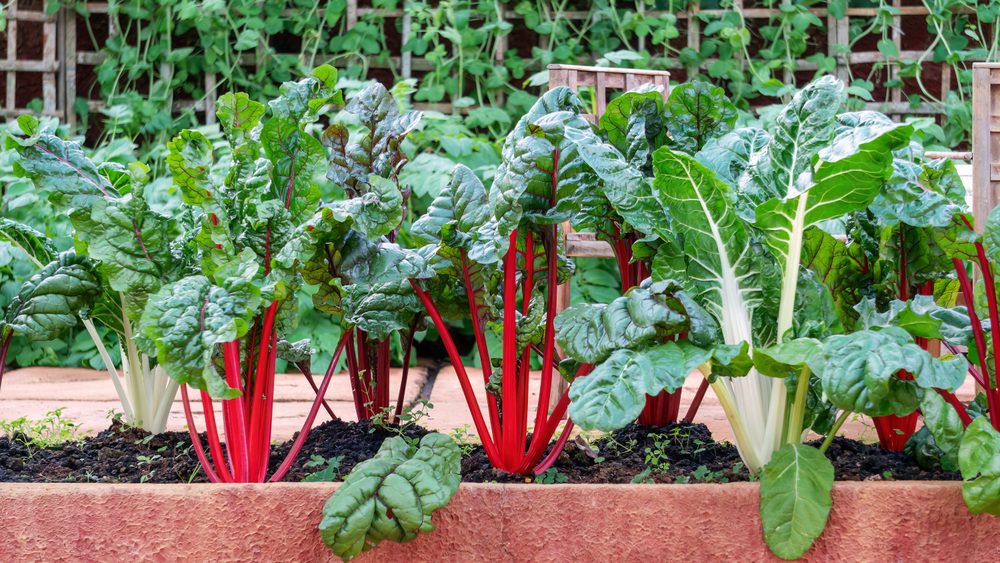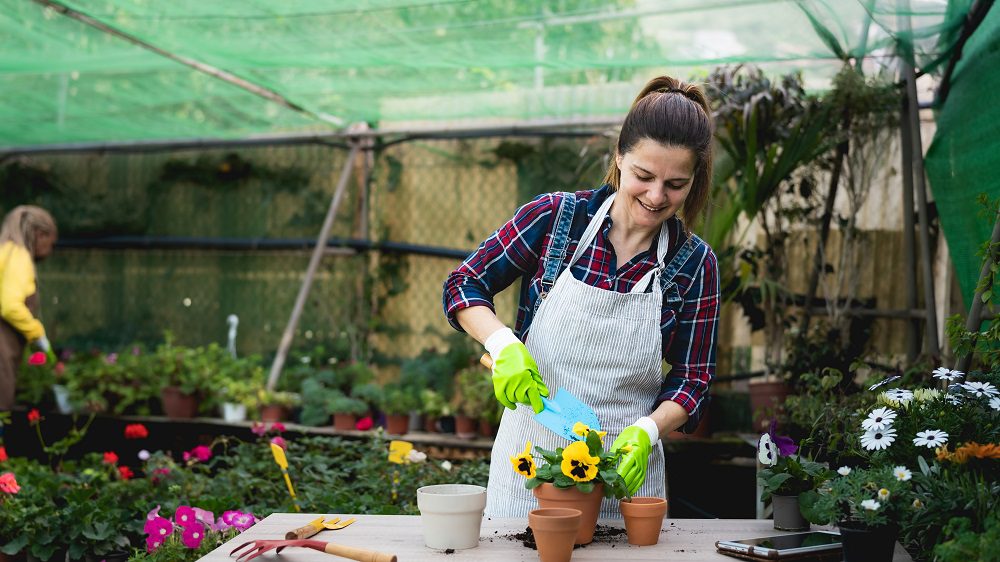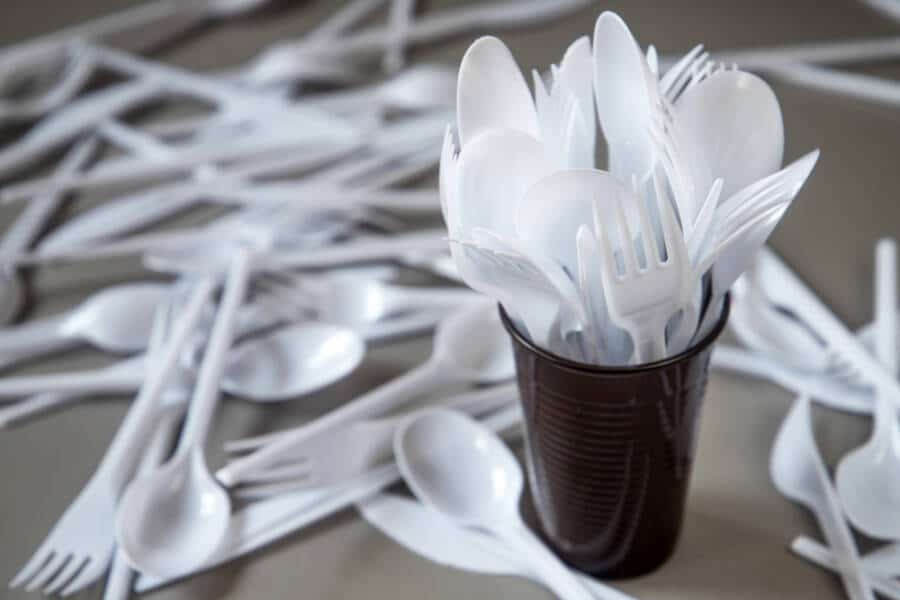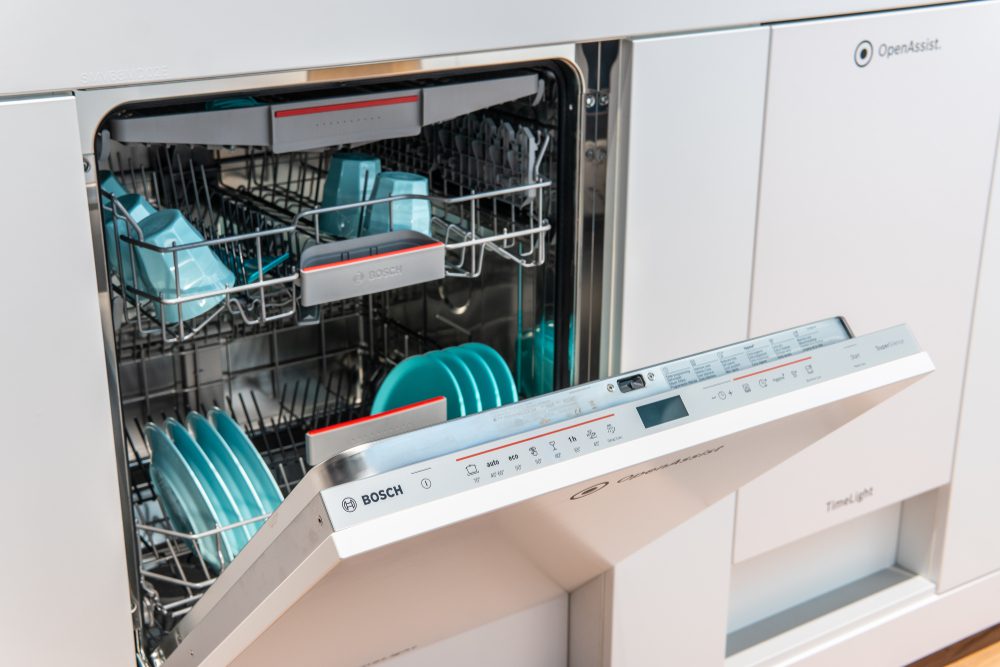Fill Your Garden with Tasty Veggies and Fruits!
Growing your own fruits and vegetables definitely has a ton of benefits. First of all, it’s quite soothing, nutritional, and very educational. Moreover, it brings you a lot closer to the earth, and it also makes dinner taste way better.
But you don’t have to plant half your backyard to realize that. You can consider starting with an herb at first, then a pack of seeds or a couple of seedlings of the easiest vegetables to grow.
You don’t need a lot—just a yard, a patio, and full access to a community garden. We managed to make a list of some of the easiest vegetables, fruits, and herbs to grow.
You can easily start a vegetable garden with these plants, and soon enough, you can cook dinner with your own food!

Vegetables that are easy to grow
A very important consideration when you choose your vegetables is whether they are made for a cooler season or a warmer one. For instance, vegetables that are cool-season types, like asparagus, carrots, lettuce, garlic, onions, and radishes, can easily tolerate some frost, so you can easily plant them earlier in the season and even consider adding a second crop to harvest in the fall.
The warm-season types can’t tolerate any kind of frost. You can plant these vegetables after the last frost in the spring and harvest them right before the first frost in the fall.
Asparagus
Asparagus is probably one of the oldest ducks of garden veggies; however, this doesn’t mean it’s that hard to grow. The first thing you need to know about asparagus is that it’s a perennial, which means that you plant it once, and it grows every year for the next 15 years.
Another huge difference is that you harvest it in early spring, but you keep on caring for the plants throughout the rest of the season. Asparagus seeds aren’t easy to find, so if you’re looking for a pack, try these!
Bell peppers
The sweet and healthy bell peppers ripen into a wide variety of astonishing colors, including green, yellow, orange, and even red. Nutrition-wise, they are very high in potassium, amazing for your skin, and very rich in vitamin C and vitamin A.
Naturally, they taste amazing in salads, stuffed, and even as snacks. In the garden, warm-season bell peppers grow beautifully in full sun and well-draining, moist soil.
You can plant them a week before the first frost. After you harvest them, make sure you store the bell peppers in the refrigerator in a plastic bag for as long as 10 days.
Broccoli
Broccoli is quite easy to grow, especially in comparison to other vegetables. It’s also a cool-season crop, which means that it thrives in a wide variety of soil types.
Probably the best thing about it is that it needs minimal care and that it’s packed with plenty of nutrients. If you want to keep your broccoli plants flourishing, make sure you keep the soil moist and allow a foot or more between them so they won’t compete for other resources.
They will also reach picking status in a maximum of 2 months. Make sure you harvest the main head first, then pick the side shoots.
Carrots
Carrots usually grow in certain zones, from 3 to 10, which, luckily, also represent the entire United States. They are cool-season root veggies, and the best way to plant them is by seed because of their sensitive root systems that don’t deal well with any means of transportation.
They “prefer” to be planted in loosely packed, well-composted soil where they can get a lot of sun. Carrots usually take around 70 days to mature, but it’s definitely worth waiting for optimal sweetness and bright color.
And as carrots grow well in the ground or raised beds (compared to containers), you want to make sure they are very protected from roving deer, rabbits, and any other type of wildlife that would find carrots tasty.
Cucumbers
If you plant this warm-season crop many weeks after the last frost, you will see how these rapid-growing vegetables are ready to be picked up as soon as 6 weeks later.
Especially with trellis cucumbers, you will notice how the plants climb, offering you plenty of garden-bed space for other types of vegetables. Moreover, homegrown cucumbers are incredibly fresh and flavorful in comparison to store-bought ones.
You can pick them at their peak ripeness, which will result in superior taste and texture. As soon as you notice they start to produce, you will definitely have enough to pickle, so you can savor their home-grown goodness even after the season is over.
Garlic
If you want to start growing one of the easiest edible plants, then you know you need to stock up on garlic seeds. A head of garlic has plenty of cloves, and each one of them can be easily planted.
All you need to do is bury a garlic clove, skin-on, in a shallow bed (around 1 inch deep) with its pointy tip facing the sky. With a bit of water and a couple of days, you will see how the garlic climbs at a surprising rate.
Over time, that underground clove will grow into a brand new head of garlic for use in the kitchen. Make sure you don’t forget to save some homegrown cloves for next season’s planting.
Green beans
Green beans are probably one of the most satisfying plants, especially for a beginner gardener. They germinate quite fast (in 7 to 10 days) and grow profusely (but not totally out of control).
You want to keep these warm-season veggies frost-free in full sun, and you will have plenty of beans to pick in less than 2 months after planting them. And before you decide upon a seed packet for green beans, make sure you note if it’s for bush beans or pole beans.
Trust me, there’s a difference: bush beans grow evenly, closer to the ground, as pole beans grow vertically and need a certain type of structure to climb up. Bush beans are your best bet if you want to try using a container garden, as pole beans take up less garden real estate.

Leaf lettuce
Leaf lettuce is an amazing garden crop for beginners. Why? Well, it tolerates a light frost, which means you can easily plant it early in the season, and it’s also ready for harvest in less than a month after sowing and right after harvesting.
It also keeps growing for a second, third, and even fourth cutting. Lettuce is great for a garden with shady pots, as it thrives in less than 4 hours of full sun a day.
Easiest fruits to grow
We all noticed these fruits weren’t too difficult to grow. On top of that, they also come back year after year without replanting. While gardening expertise isn’t required, patience is, because these fruits (and many others) take a full season or two to come into their own.
They also flourish before you even get the chance to harvest them.
Blackberries
Blackberries are one of the sweetest and healthiest treats. They pack a ton of health benefits and also serve as the main ingredient for pies, jams, cobblers, and even smoothies. You can easily freeze them, which means you get to enjoy them throughout the year.
Blueberries
If you’re looking for a proper place to start growing fruit, just try blueberries. They are very well-behaved but also low-maintenance. They fit easily into the home landscape.
Besides, they look amazing and produce small flowers in spring and vibrant red leaves in fall. There are multiple reasons to consider blueberries.
First things first, they are great for you, and the blueberry desserts are probably the best thing you can get out there. Let’s be honest: Is there anything better than a fresh blueberry pie in the summer? Don’t think so.
Figs
Figs require a sunny spot that gets a minimum of 6 hours of light a day, but besides that, they aren’t too picky. Fig plants are heat- and drought-tolerant, and they can grow in beautiful trees that give an amazing look to the yard.
In the wide majority of U.S. regions, probably the best time to plant figs is somewhere around early spring or early fall.
Strawberries
Strawberries are quite versatile. You can grow them in pots, hanging baskets, or even in the ground, as long as they get a minimum of 6 hours of sleep.
They are also very versatile in the kitchen; they are nutritious and delicious, and they can be stored easily. Wherever you might decide to plant them, make sure every plant’s roots have tons of room to spread out.
Plenty of strawberry varieties produce runners, which are generally tips that spread out and root themselves close to become new plants. You can easily snip them, so the plant’s energy focuses solely on the fruit.
If you found this article interesting, we also recommend checking out: 15 Things That Make You an Awful Host









